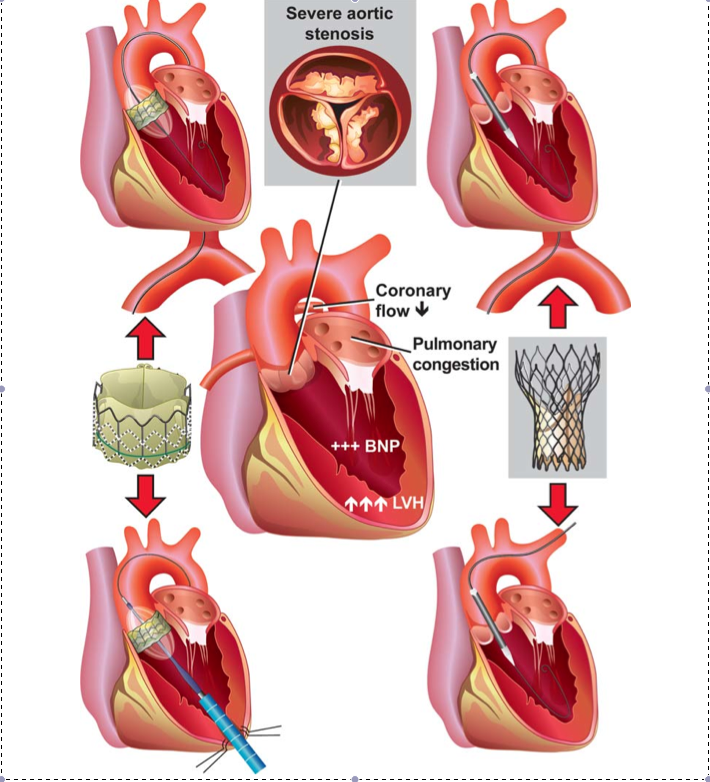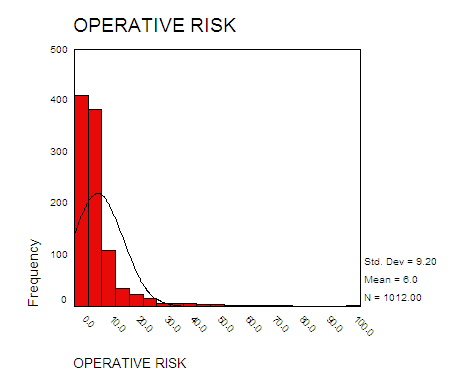Although coronary-artery bypass grafting (CABG) has been the standard of care for patients with left-main or three-vessel coronary disease who require revascularization, percutaneous coronary intervention (PCI) with stenting is also an option in such cases. These two interventions were compared in the SYNTAX trial, which was sponsored by the manufacturer of the Taxus drug-eluting stent. Eighteen hundred patients with previously …
Small vessels are a predictor of restenosis after percutaneous coronary intervention (PCI)
In an article[1] published on October 9,2010 in Vascular Health and Risk Management, a British journal, the outcome of PCI in small coronary arteries was studied. Small coronary arteries (with a diameter of <3 mm) account for about 40%–50% of all coronary stenoses. The study correlated outcomes with another study from 1996 that examined in-hospital mortality by mid-LAD diameter in Coronary …
For Profit Research
“For Profit Research” with investigators receiving consulting fees from the sponsor (not much progress since 2001): Medical Journal Editors Demand Accountability from Study Authors, Sponsors, AJHP (The American Journal of Health-System Pharmacy), 11/1/2001: “clinical studies are increasingly conducted with the goal of marketing products ”
CABG – Stroke and Surgery
Combining Cardiac Surgery and surgery for carotid stenosis is not effective in the prevention of Stroke. A new report, published in the September 2009 issue of Archives of Neurology. showed that stroke rates were significantly higher among patients who received combined endarterectomy and cardiac surgery. As a result, physicians at Lehigh Valley Hospital and Health Network, Allentown, PA no longer combine …
Excessive Stent Use
In a February 11, 2010 article published in the Wall Street Journal the excessive use of coronary artery stents was exposed. The COURAGE trial, published in 2007, argued that 1 million PCI procedures are performed each year, with at least 30% being performed in stable CAD patients. Based on the COURAGE trial results, 300,000 of these procedures could be deferred. …
Statin usage in low-risk patients
Cardiovascular disease (CVD) is ranked as the number one cause of mortality and is a major cause of morbidity world-wide. Reducing high blood cholesterol, a risk factor for cardiovascular disease (CVD) events in people with and without a past history of coronary heart disease (CHD) is an important goal of pharmacotherapy. Statins are the first-choice agents. Previous reviews of the …
Trans catheter aortic valve implantation (TAVI)
There are many patients with severe aortic stenosis and coexisting conditions who are not candidates for surgical replacement of the aortic valve. For those patients trans-catheter aortic-valve implantation (TAVI) may be an option. Once severe aortic stenosis is diagnosed, a less than 50% survival rate in the first 2 years after symptoms appear is projected. Traditional Aortic valve replacement …
Treatment of Ischemic Heart Failure
Patients with heart failure caused by blocked coronary arteries, who are treated with bypass surgery reduce their risk of dying from heart disease, and also the risk of death from any cause or hospitalization from heart disease, compared with medication alone. “The trial supports bypass surgery on top of best medical therapy vs. best medical therapy alone to reduce cardiovascular …
Cardiac Surgery Risk Analysis
Since its first publication, our cardiac surgery risk calculator has proven very popular, with over 1000 completed questionnaires since August, 2010. Although the validity of the analysis is somewhat questionable, it has nonetheless shown some interesting results and showcases how this type of data can be utilized, especially if coupled with outcome analysis. I have made some assumptions: While …
SYNTAX and Bypass Surgery
Lessons learned from the SYNTAX trial after two years, the first surgical analysis paper of the SYNTAX trial has proven what I have blogged about on numerous previous occasions. The excellent results of 1% mortality, irrespective of the assigned SYNTAX Risk Score, compares VERY favorably with PCI. At two years better than expected outcomes have continued. As the EACTS 2010 …


